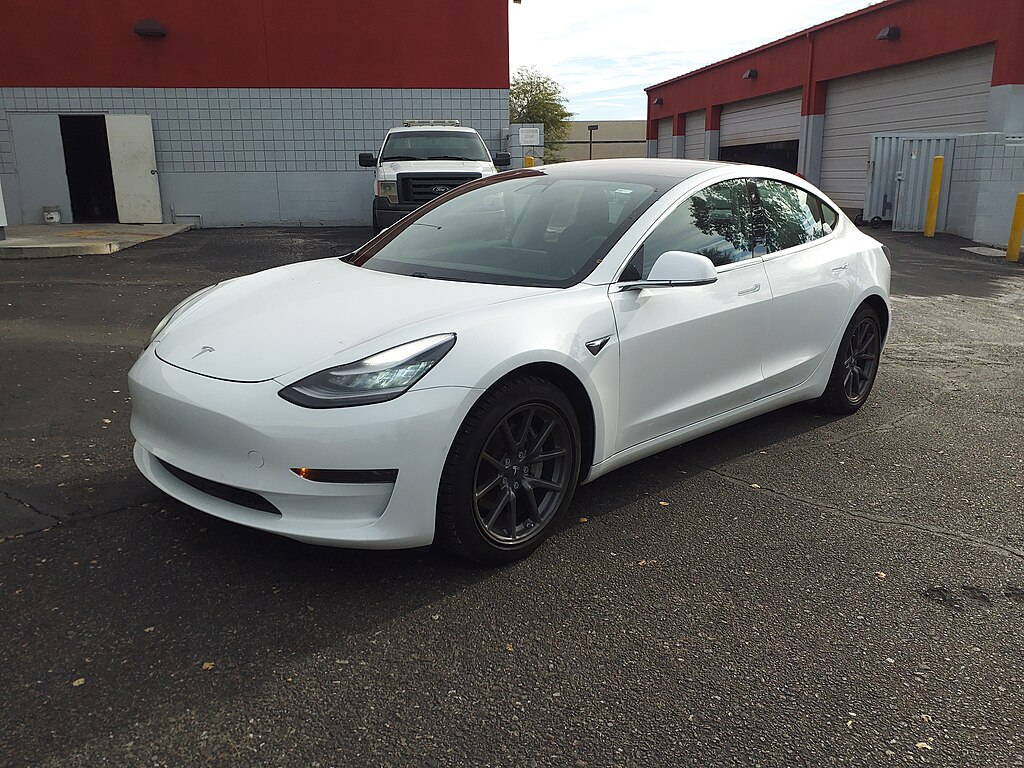Tesla Model 3 Performance Enhancements: Maximizing Your Electric Vehicle’s Potential.

The Tesla Model 3 has revolutionized the electric vehicle (EV) market with its impressive performance and cutting-edge technology. However, for enthusiasts and drivers seeking to push their Model 3’s capabilities even further, there are numerous performance enhancements available. This guide delves into various modifications and upgrades that can elevate the driving experience of your Tesla Model 3, from boosting acceleration to optimizing handling and efficiency.
1. Performance Upgrades for Enhanced Acceleration
1.1. Performance Software Upgrades
What It Is: Tesla offers performance upgrades through software enhancements, particularly for the Performance and Long Range models.
Benefits:
- Acceleration Boost: Upgrading to Performance Plus or enabling Ludicrous Mode (available on specific models) can shave milliseconds off your 0-60 mph time.
- Improved Torque: Enhancements in software increase the motor's torque output, leading to quicker acceleration.
Cost: Approximately $2,000 to $3,000 for software upgrades.
Expected Gains:
- 0-60 mph Time: Reduction to as low as 3.1 seconds for the Model 3 Performance.
1.2. High-Performance Aftermarket Parts
What It Is: Aftermarket components such as upgraded motor controllers and high-performance cooling systems.
Benefits:
- Increased Power Output: Aftermarket motor controllers can deliver higher performance thresholds.
- Enhanced Cooling: Improved cooling systems maintain optimal temperatures under high loads.
Cost: $1,500 to $5,000 depending on parts and installation.
Expected Gains:
- Horsepower Increase: Up to 20% more horsepower with the right components.
2. Handling and Suspension Upgrades
2.1. Performance Suspension Kits
What It Is: Upgraded suspension kits designed to enhance handling and stability.
Benefits:
- Improved Handling: Adjustable coilovers and performance struts reduce body roll and improve cornering.
- Ride Comfort: Customize ride height and stiffness to balance performance with comfort.
Cost: $1,200 to $2,500 for complete kits.
Expected Gains:
- Cornering Improvement: Enhanced cornering capabilities and reduced understeer.
2.2. Upgraded Sway Bars
What It Is: Enhanced sway bars that reduce body roll and improve vehicle stability.
Benefits:
- Reduced Roll: Minimize body roll during sharp turns and high-speed maneuvers.
- Increased Confidence: Enhanced driving dynamics and stability.
Cost: $300 to $600 for front and rear sway bars.
Expected Gains:
- Stability Increase: Improved vehicle stability during aggressive driving.
3. Aerodynamic Enhancements
3.1. Aero Kits and Body Enhancements
What It Is: Aerodynamic kits including front splitters, side skirts, and rear diffusers designed to reduce drag and improve downforce.
Benefits:
- Enhanced Efficiency: Reduced aerodynamic drag improves range.
- Improved Downforce: Increased stability at high speeds.
Cost: $500 to $1,500 for complete aero kits.
Expected Gains:
- Range Increase: Up to 5% improved efficiency due to reduced drag.
- High-Speed Stability: Enhanced vehicle stability at speeds above 60 mph.
3.2. Lightweight Wheels
What It Is: Performance wheels made from lightweight materials such as forged aluminum or carbon fiber.
Benefits:
- Reduced Unsprung Weight: Lighter wheels reduce the load on the suspension and improve handling.
- Enhanced Acceleration: Lower rotational mass improves acceleration and braking performance.
Cost: $1,000 to $3,000 for a set of performance wheels.
Expected Gains:
- Handling Improvement: Increased responsiveness and reduced inertia.
4. Battery and Charging Enhancements
4.1. High-Performance Charging Solutions
What It Is: Upgraded home and public charging solutions to enhance charging speed and efficiency.
Benefits:
- Faster Charging: Level 2 chargers provide faster home charging compared to standard outlets.
- Improved Efficiency: High-performance charging systems can optimize battery health and longevity.
Cost: $500 to $1,000 for upgraded home charging equipment.
Expected Gains:
- Charging Time Reduction: Charging times reduced by up to 50% compared to standard setups.
4.2. Battery Thermal Management
What It Is: Advanced thermal management solutions to maintain optimal battery temperatures.
Benefits:
- Improved Performance: Efficient thermal management supports consistent high performance.
- Extended Battery Life: Reduces wear and tear on the battery cells.
Cost: $500 to $2,000 depending on system complexity.
Expected Gains:
- Performance Stability: Enhanced performance consistency, especially in extreme conditions.
5. Cost-Benefit Analysis
Cost vs. Benefit:
- Performance Software Upgrades: $2,000 to $3,000, with significant improvements in acceleration.
- Suspension and Handling Upgrades: $1,500 to $3,100, with enhanced cornering and stability.
- Aerodynamic and Wheel Enhancements: $500 to $4,500, leading to improved efficiency and handling.
- Charging and Battery Enhancements: $500 to $3,000, providing faster charging and better battery management.
Long-Term Benefits:
- Enhanced Driving Experience: Improved acceleration, handling, and efficiency.
- Increased Vehicle Value: High-performance upgrades can increase resale value and appeal.
- Extended Battery Life: Better thermal management and charging solutions can prolong battery health.
Conclusion
Enhancing the performance of your Tesla Model 3 involves a combination of software updates, physical upgrades, and strategic enhancements. By focusing on key areas such as acceleration, handling, aerodynamics, and battery management, you can significantly elevate your driving experience. Whether you're looking to shave seconds off your 0-60 mph time or improve handling and efficiency, these upgrades offer a range of benefits tailored to your performance goals.

